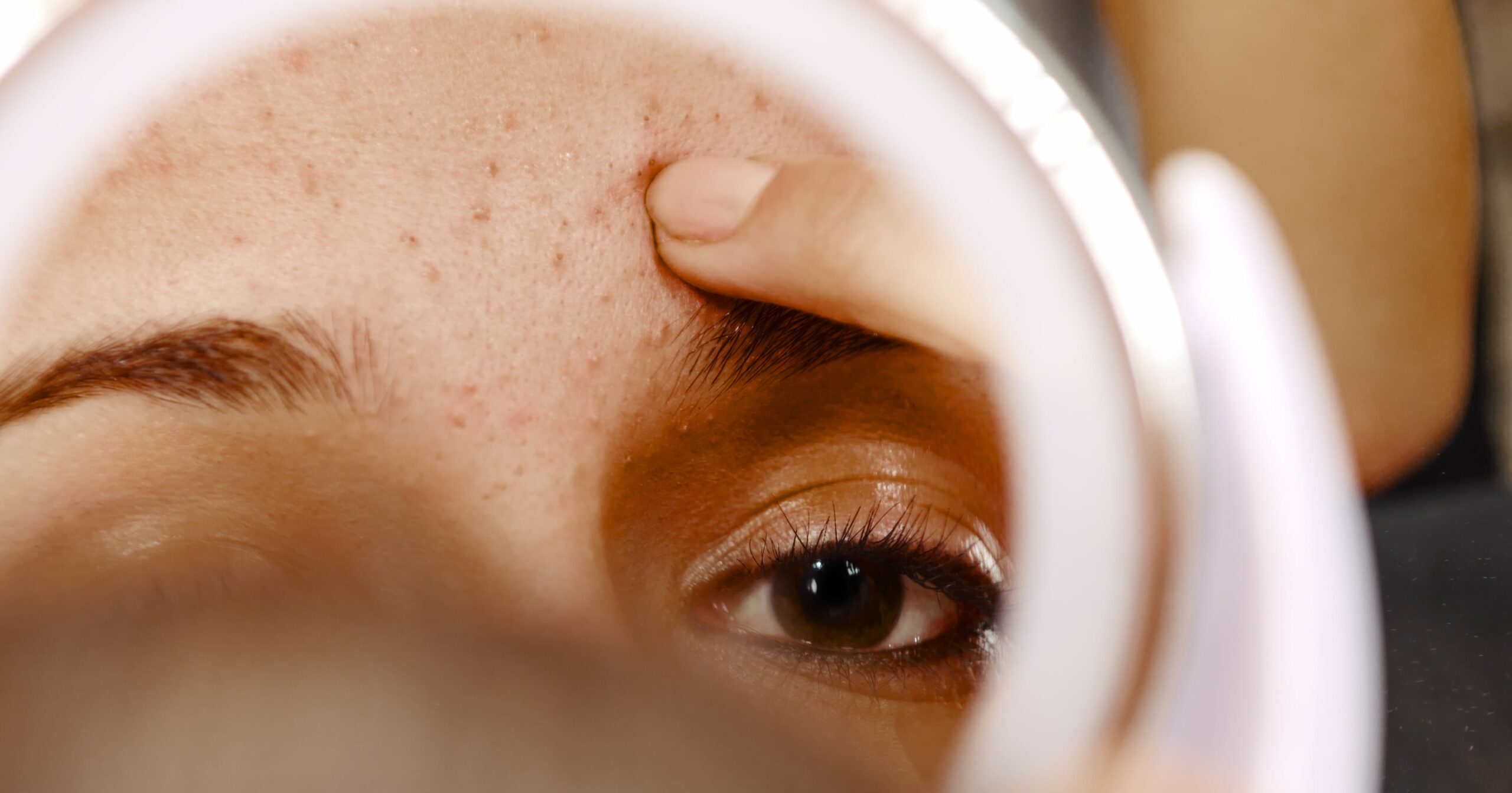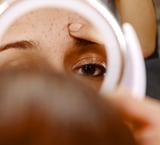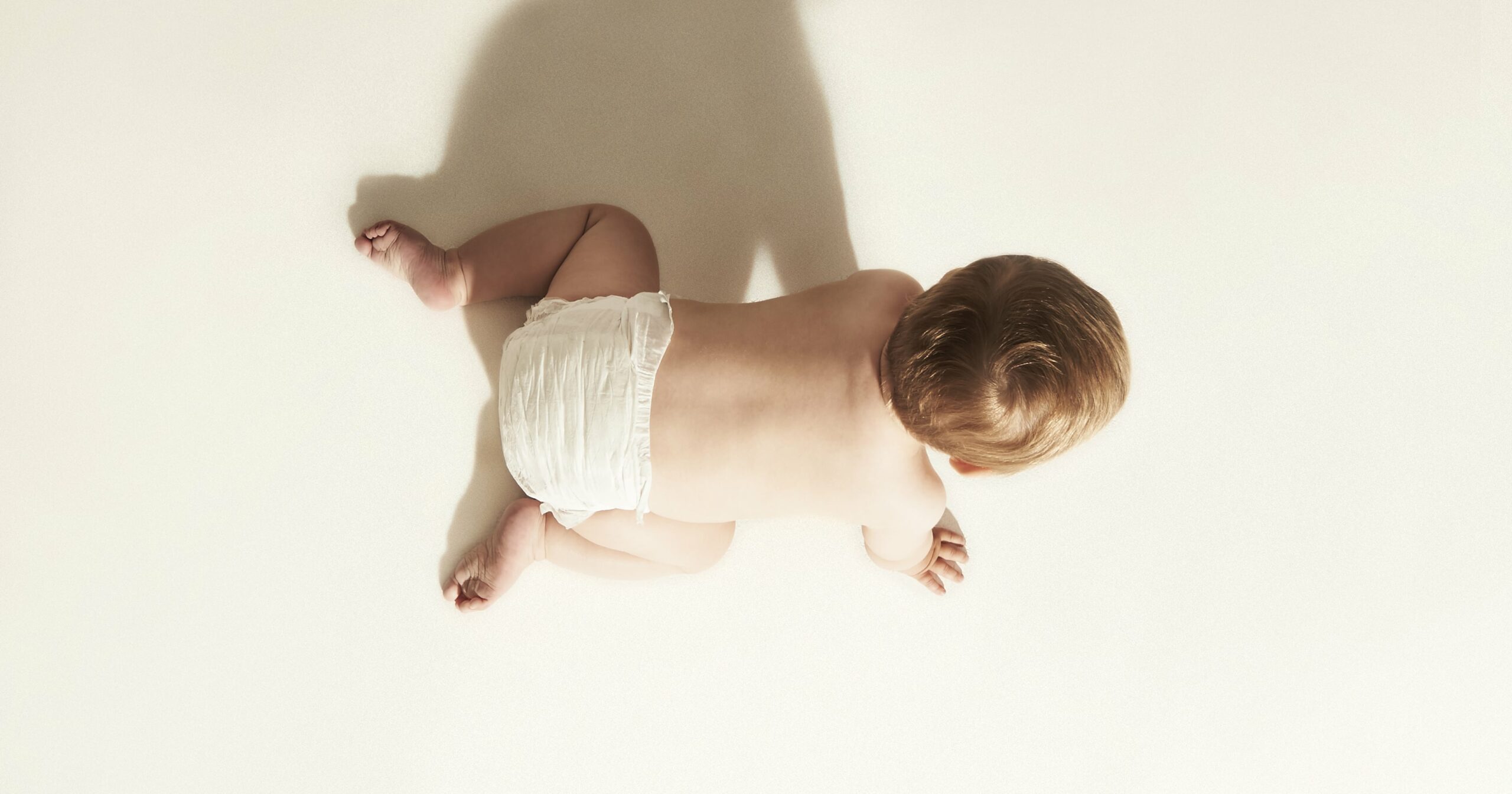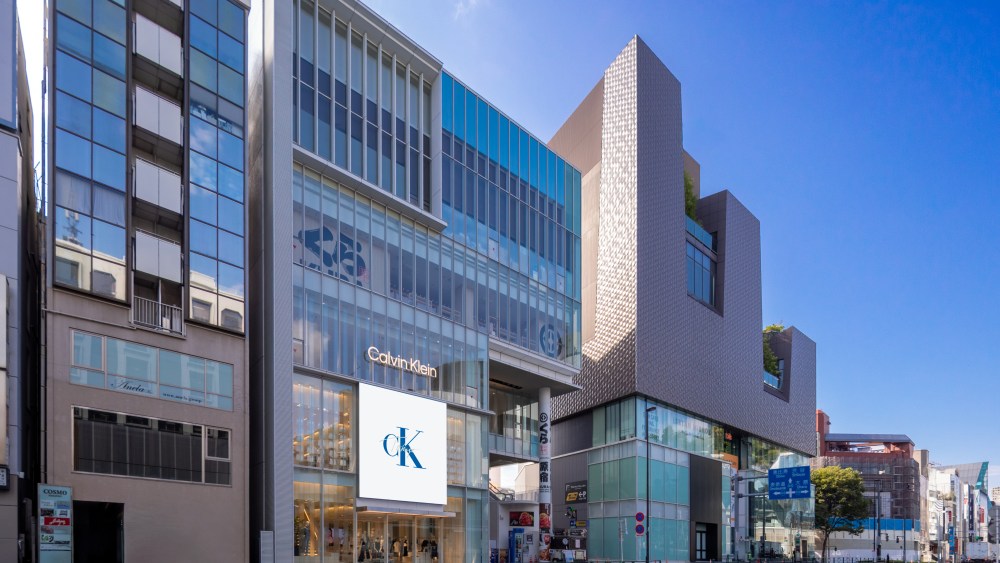There are nearly 3,000 known skin disorders in dermatology, two of the most common being acne and rosacea. A staggering 50 million people in the US are affected by acne in some way, and around five percent of the population worldwide is affected by rosacea, which means many people have been impacted by either condition at some point in their life. But what if we told you that you might actually have a form of both conditions? Papulopustular rosacea, commonly known as acne rosacea, features characteristics of both conditions, forming an entirely different thing altogether.
Papulopustular rosacea can often look very similar to acne, resulting in a misdiagnosis. “I often see patients with acne rosacea, which has been misdiagnosed as acne,” Sophie Shotter, cosmetic doctor and founder of Illuminate Skin Clinic, tells POPSUGAR. “The unfortunate thing is that the treatment for the two conditions is very different.”
To break down everything you need to know about papulopustular rosacea, we spoke to four leading dermatologists to find out what it is, what triggers it, and what you can do to treat it (spoiler alert: there’s quite a bit).
– Additional reporting by Renee Rodriguez
What Is Papulopustular Rosacea?
Papulopustular rosacea has many of the same symptoms regular rosacea does. “The skin is extra sensitive and overreactive to the environment, and you may develop redness and flush easily, in addition to experiencing a burning and stinging sensation,” says dermatologist Joshua Zeichner, MD. With acne rosacea, you’re likely to also experience “red papules (raised and often red bumps) or pustules (bumps containing pus), which can give the appearance of acne,” says Susan Mayou, MD, consultant dermatologist at London’s Cadogan Clinic. Unlike regular acne, however, with papulopustular rosacea, you’re unlikely to see blackheads.
Another way of detecting acne rosacea is by identifying where it manifests. “The rash and irritation typically affects the middle third of the face,” Dr. Zeichner says, commonly affecting the cheeks, bridge of the nose, and chin.
What’s the Difference Between Acne and Rosacea?
First and foremost, determining the difference between acne and rosacea is key. “Acne and rosacea can be mistaken for each other, but it is important to determine the difference as treatment of one may make the other worse,” says consultant dermatologist Emma Craythorne, MD.
“Rosacea is a disease of the skin barrier, which becomes impaired by many different possible causes,” Dr. Shotter says, meaning if you have rosacea, your skin is weaker and sensitized. “Acne, on the other hand, is a disease of the pilosebaceous unit – the structure consisting of hair, hair follicle, and sebaceous gland – and skin is usually oily and more resilient. In rosacea, small inflamed bumps will appear alongside other symptoms such as redness, sensitivity, and dilated blood vessels. Whereas in acne, the skin will contain a variety of lesions such as blackheads and whiteheads, as well as red bumps.”
What Triggers Papulopustular Rosacea?
As with many skin conditions, it isn’t known exactly what causes papulopustular rosacea, though there are common triggers to look out for. “To find your triggers, you’ll have to do a bit of detective work, but a good place to start is looking into common triggers,” Dr. Craythorne says. These can include:
- Spicy food
- Alcohol
- Hot drinks
- Stress
- Anxiety
- Heat
- Sunlight
- Hot and cold weather
- Certain cosmetic products
- Some medicines
In short: acne rosacea can be triggered by a lot of things. Keeping track of your symptoms and when they arise can help track down what your triggers are and how to keep reactions and irritations at bay.
Treatments For Papulopustular Rosacea
If you suspect you have papulopustular rosacea, the best thing to do is to visit your general practitioner or a dermatologist, as distinguishing between the two really needs a trained eye. “Papulopustular rosacea requires a professional diagnosis so correct treatment can be given,” Dr. Mayou says.
Despite there being lots of different treatment options out there for papulopustular rosacea depending on what your symptoms are, Dr. Craythorne says one thing people with any rosacea-related condition should do is to “keep it simple, keep it repetitive, and keep it gentle” with their skin-care routine.
When it comes to specific skin-care ingredients, “using strong topical ingredients designed for acne-prone skin – like salicylic acid and benzoyl peroxide – on rosacea-prone skin will increase the flare-up rather than improving it,” Dr. Shotter says. Dr. Craythorne also advises patients to avoid toners, alpha hydroxy acids, fragrances, scrubs, and exfoliators, as well as hot water. However tempting it may be to slap on the harshest acne treatment you can find when inflammation or breakouts crop it, just don’t do it – it will likely exacerbate the skin condition.
Instead, Dr. Zeichner approaches treatment for acne rosacea from two angles. “First, you want to keep the skin barrier in as good shape as possible with gentle cleansers and moisturizers. Second, you want to reduce skin inflammation.” To do this, he recommends sticking to hydrating cleansers and ultracalming moisturizers, which protect the skin barrier. Dr. Shotter follows the same school of thought for her clients: “Rosacea patients need products aimed at barrier repair, which contain gentle ingredients such as poly-hydroxy acids and ceramides,” she says.
Unsurprisingly, all of the experts recommend using an SPF every single day. Yep, even when you’re indoors. Sticking to a mineral-based sunscreen will likely cause less irritation than a chemical sunscreen, as it sits on top of the skin rather than soaking into it. “Patients with rosacea tend to have more sensitive skin than other people, so I recommend zinc-oxide-based sunscreen,” Dr. Zeichner says.
In addition to a good skin-care routine, Dr. Shotter says that antibiotics either topically or orally are sometimes used to treat papulopustular rosacea (hence why it’s best to see a doctor). If you aren’t able to see a dermatologist or are worried about the costs of expert advice, consider trying an online dermatologist service.
One oral medication used to treat papulopustular rosacea is Oracea (otherwise known as doxycycline), which treats bumps and pus pimples. As for topical treatments, Soolantra and Finacea creams work to address bumps and pus spots, while Rhofade, a topical prescription cream, helps to treat facial redness, Dr Zeichner says. Further down the line of treatment, he explains, you can also look into eliminating any unwanted redness and broken capillaries using laser treatments.



